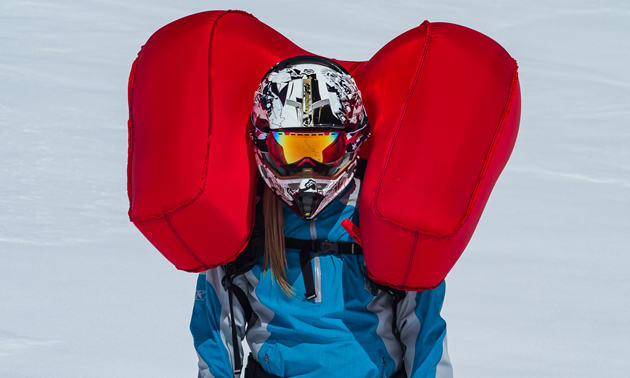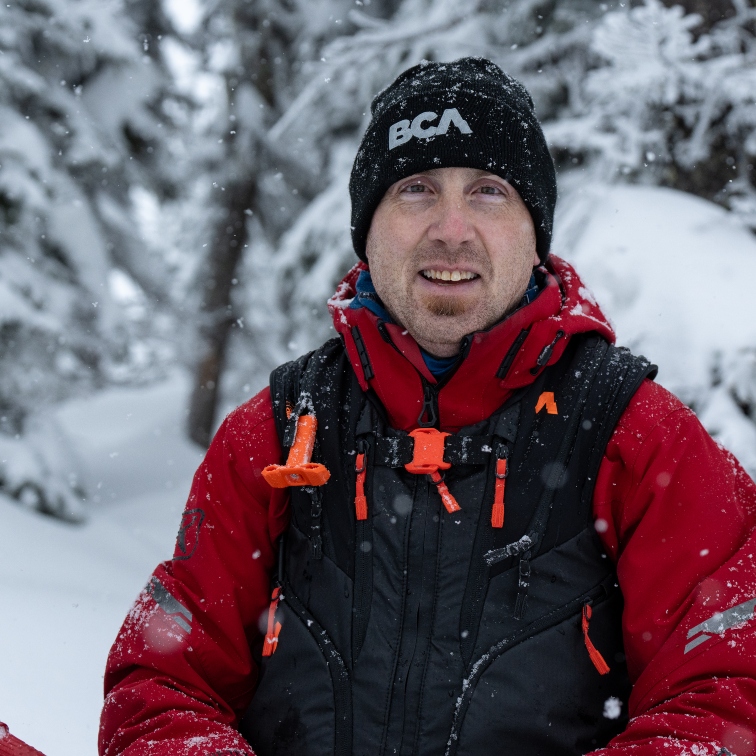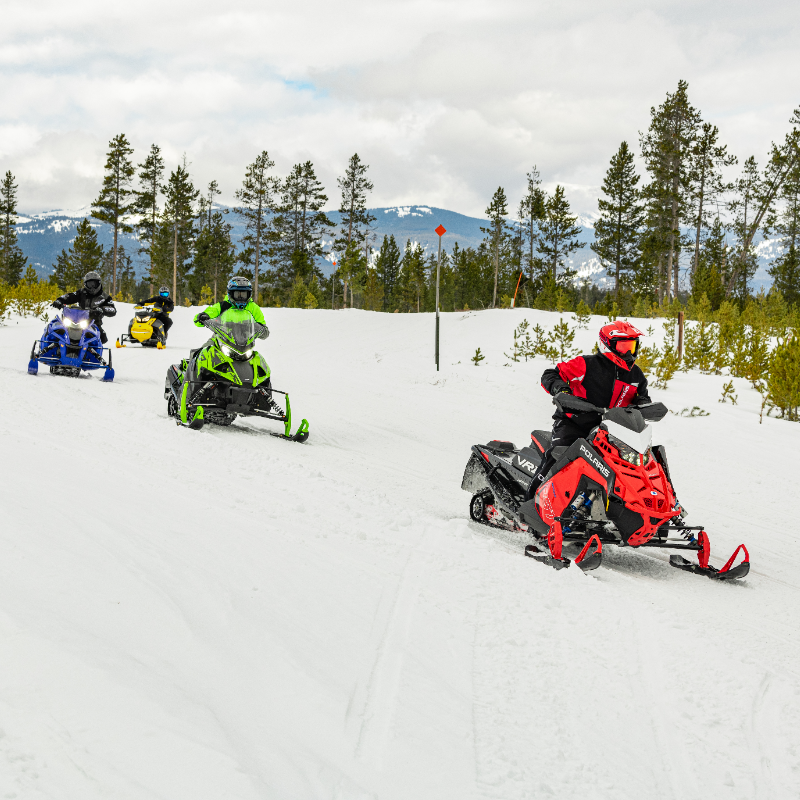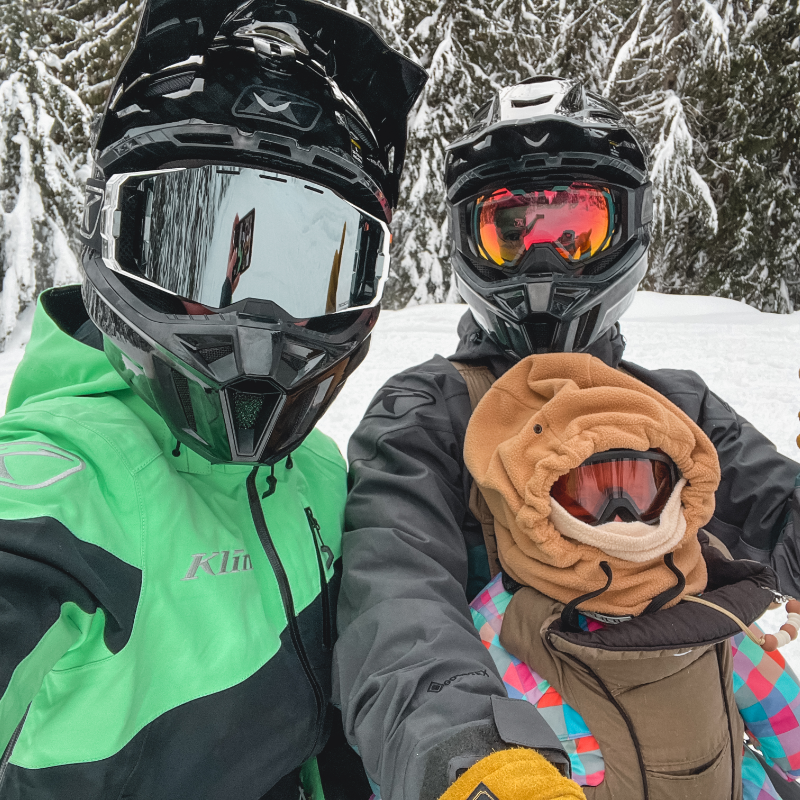The gear check could be the easiest, fastest part of getting ready for the new winter or, depending on the condition and age of it, a slow process. If you’re the type of person who meticulously cleans and packs everything away in one labeled box, then it’s probably just a matter of digging it out of storage and you’re good to go.
On the other hand, if you don’t look things over before you jam them in the back of a closet, then it might be a good idea to get the avy pack out, pull the pants and coats from the back of the closet and brush off the dust. Did you tear up your pants last season, was the jacket waterproof and breathable, are your glove seams all good? If not, it might be a good idea to get the wish list going of outerwear you’ll need to replace.
And remember: a helmet doesn’t last forever. Even if it’s never been dropped, after a few seasons of wear it’s time to replace it. UV rays and general use will eventually compromise the safety standards of all lids.
Safety and survival gear
Fall is also the time to dump out the pack, tick off all the safety items that should be in there (including bandages, fire starter, knife and parachute cord) and anything else you carry with you. While you’re at it, inspect the bag for rips and tears. It’s also recommended that you screw a loaded canister in, pull the handle and make certain the airbag—your life vest in a tense situation—is firing.
Finally, take the probe outside and flip it around, slap it out a few times. Not only are you keeping yourself fresh with assembling it, you’re also testing the probe to ensure everything is tight and strong.
It’s also time to put fresh batteries in the transceiver and find a mate to test it. You should be testing to make sure the search and receive features are OK, as well as checking the range. As beacons age, the range can diminish, and if yours is reaching the far end of a decade, it’s probably time to lay out some cash for a new one.
Last but not least, pre-season prep includes working on Your Body.







